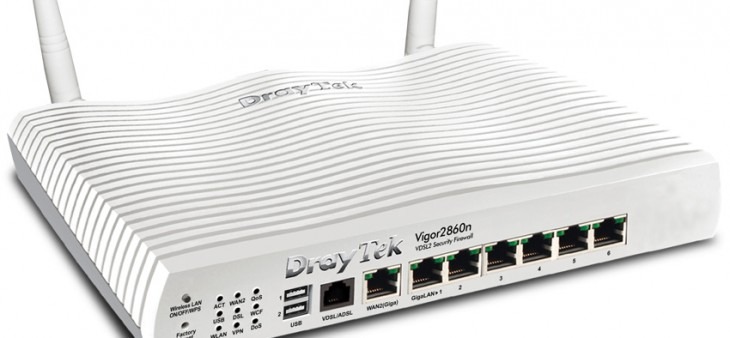
Confused by the complex world of data routing? This beginner-friendly guide unpacks the fundamentals, exploring how packets navigate the labyrinthine network to reach their final destination.
Key Takeaways:
- Routers act as traffic cops, directing data packets based on routing tables.
- Packets often take fragmented journeys, reassembling at the destination.
- Unicast, multicast, and broadcast deliver messages to one, several, or all devices, respectively.
Q: How does data travel through a network?
A: Data is divided into packets and routed by devices called routers based on routing tables. These packets may travel along different paths before being reassembled at the destination.
What is a Router?
On a network, a router is a specialized device that directs data packets to their intended destinations. It acts like a traffic cop, constantly analyzing incoming data packets and determining the best route for each one to reach its final address. Routers rely on routing tables, which are essentially maps of the network, to make these decisions. They’re essential for ensuring that data flows smoothly and efficiently across networks of all sizes, from your home network to the internet.
Routing Tables and Schemes
Routing involves the forwarding of data packets based on routing tables. The data table details the routes to specific network destinations, and this information is stored in the router. The routing process includes unicast, multicast, and broadcast message delivery. With unicast delivery, a message is received by one node. Broadcast refers to delivering a message to all nodes in a network. With multicast, the message is delivered to a group of nodes on the network. Contact Comms Express for an explanation of specific router model features.
